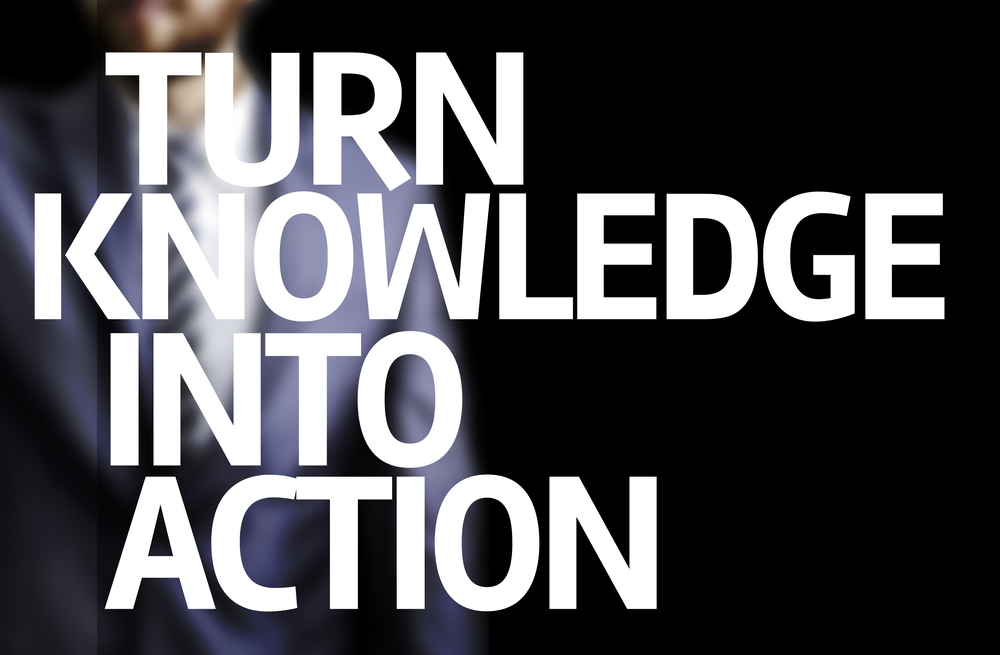After reading hundreds of Black Lives Matter black boxes, blogs and letters in the media by CEOs, I am discouraged. Don’t get me wrong. These organizations are pledging funds to external organizations, promoting black-founded businesses and driving community and political action – all admirable and essential.
But what’s missing from most of these posts are acknowledgments of how these leaders are investing in their own organizations to diagnose and come to terms with the current state and make bold decisions to drive change at home. Taking action against racism means real action – and it must start in your own backyard.
Change is driven through behaviors (what we do) and our embedded processes (how we do it) that, without checks, can consciously or unconsciously support racial injustices. Organizations must hold themselves accountable by coming to terms with their current state and putting in place means to measure progress against established goals.
I recently took another look – through a discrimination lens – at our recently published Fourth Annual Employee Relations Benchmark Study. The data reveals there is much work to be done. While the overall stats demonstrate employee relations is becoming increasingly strategic (e.g., 52% of ER teams now report to the CHRO, etc.), the data as it relates to discrimination and the processes in place to prevent it are troubling.
- The Problem. Only 22% of organizations experienced fewer discrimination cases from 2018 to 2019 while 33% reported some or a significant increase. If harassment-related activity after #MeToo is any predictor, the number of cases will rise significantly next year. After #MeToo, sexual harassment incidents managed by HR or employee relations rose 48% as employees felt more empowered to come forward and report misconduct. We should expect and prepare for the same increase relating to discrimination going forward.
- The People. 89% of the discrimination cases are handled by employee relations professionals, theoretically trained in how to handle these cases. That’s great. But…
- The Preparation. 45% of those ER professionals are not even getting trained once per year and over a quarter say they have very little confidence to handle discrimination concerns. If you are a leader who truly wants to drive change, you need to start investing in your people. Is your organization equipped with the tools and the capabilities to address allegations when they are brought to your attention? Right now, the answer is “no”!
- The Process. In 41% of organizations, there is no required process for conducting an investigation when an allegation is made. Let that sink in. Unacceptable. And 61% of investigations are handled in Excel or with no system at all, meaning cases are NOT likely managed consistently, fairly, or confidentially. Basically, when an issue is raised, it’s handled however the person it’s raised with sees fit to handle it. And if an action is taken (or not taken), the facts, analysis and decision-making processes are not centrally documented, recorded and certainly not measured.
- The Penalty. There is none. Only 25% of organizations report this information to their Boards and just 29% report any kind of employee relations statistics to their employees. Accountability is practically non-existent. What gets measured, gets done. The system is broken.
- The Prevention. Today only 30% of organizations use employee relations data to construct predictive models of employee behavior to protect their employees, measure actions being taken and reduce risk. If we actually want to drive change and ensure equality, we need to take steps toward prevention by focusing on our employee behaviors and the processes that support them.
This will provide organizations the ability to proactively identify issues, understand root cause and make changes required to ensure fair and safe work environments for all employees – but particularly our employees of color.
I challenge all my fellow CEOs, HR leaders and employee relations professionals to take up the charge.
Are you truly invested in a way that will drive systemic change? We need more than words. We need action, we need data and we need metrics specifically focused on our own employee behaviors and the processes that support, track and measure them.
Download our Tackling Race in the Workplace Guide, which offers practical advice on starting the conversation, empowering employees at all levels and building the right action plan for your organization.
If you really meant it when you said you were ready to lead change, let’s talk. We’re all in this together and we are here to help you now. I’m at dmuller@hracuity.com.





